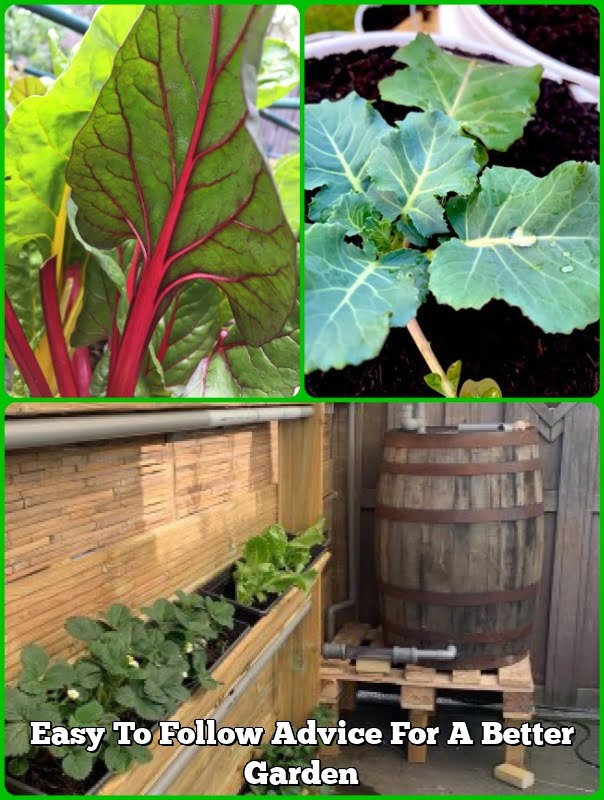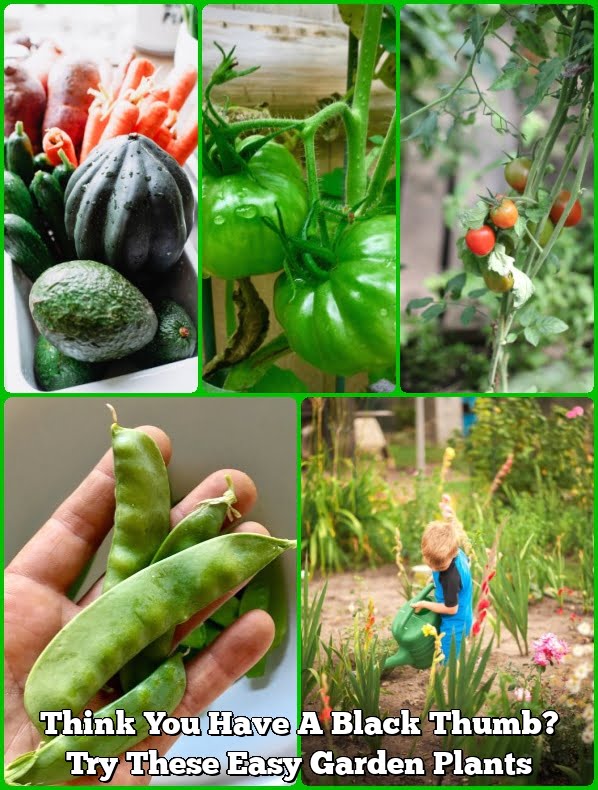Easy Raised Vegetable Garden
Bed
A vegetable garden is a great way to get fresh, organic produce right from your own backyard. But if you don’t have the space or time to till up a large plot of land, you can easily create a raised vegetable garden bed.
All you need is a few wooden boards, some screws, and a drill. The boards will form the sides of the raised bed, and the screws will hold them together.
First, measure and mark the location for your raised bed. Then, use a drill to make pilot holes in the boards. Next, screw the boards together. Finally, fill the raised bed with soil and plant your vegetables.
A raised vegetable garden bed is a great way to get started gardening, even if you don’t have a lot of space. It’s also a great way to garden if you have poor soil or if you live in a climate where the ground is frozen for most of the year.
Soil For Raised Bed Vegetable Garden
The most important component of a successful raised bed vegetable garden is the soil. Good soil will provide the plants with the nutrients they need to grow and produce bountiful crops. The following tips will help you create rich, fertile soil for your garden.
1. Start by testing the pH of your soil. The ideal pH range for most vegetables is 6.0 to 6.8. If the pH is too low or too high, you can adjust it by adding or removing lime or sulfur.
2. Amend the soil with organic matter. Compost, manure, and peat moss are all good sources of organic matter. Amend the soil before you plant, and then add more organic matter every few weeks as the plants grow.
3. Add nutrients to the soil. You can add organic or synthetic fertilizers to the soil to provide nutrients for your plants. Be sure to read the label to make sure the fertilizer is appropriate for vegetables.
4. Use a soil mix. A soil mix is a combination of soil, compost, and organic matter that is specifically formulated for raised bed gardens. A soil mix is a good way to ensure that your plants have the nutrients they need to thrive.
By following these tips, you can create rich, fertile soil for your raised bed vegetable garden.
Best Raised Garden Bed Vegetables
There are many benefits to growing vegetables in raised garden beds. The first is that the soil is easy to work with, which makes planting and weeding much simpler. Another advantage is that you can customize the soil mix to your liking, which can improve the growth and yield of your vegetables. Additionally, because the beds are elevated, you can easily add or remove soil as needed, which makes watering and fertilizing much simpler. Finally, raised garden beds are great for those with limited space, as they can be placed anywhere in your yard or garden.
When selecting vegetables to grow in your raised garden bed, it’s important to choose those that will do well in the type of soil you have. For example, if your soil is heavy and clay-like, you’ll want to choose vegetables that are tolerant of these conditions. Some good choices include tomatoes, peppers, and cucumbers. If your soil is light and sandy, you’ll want to choose vegetables that prefer these conditions, such as lettuce, carrots, and beets.
No matter what type of soil you have, however, there are a number of vegetables that will thrive in raised garden beds. These include:
-Tomatoes
-Peppers
-Cucumbers
-Lettuce
-Carrots
-Beets
-Zucchini
-Squash
-Corn
-Green beans
-Tomatoes
-Herbs
Laying Out A Raised Bed Vegetable Garden
When creating a vegetable garden, there are a few different ways to lay out the beds. One option is to create a raised bed vegetable garden. Raised bed gardens are a great way to garden if you have limited space, or if you want to create a garden that is easier to maintain.
To create a raised bed garden, you will need to first decide on the size of the bed. The standard size for a raised bed garden is 4’x8’, but you can make them any size you want. Once you have decided on the size, you will need to decide on the height of the bed. The height of the bed can be anything from 6” to 24”.
Once you have decided on the size and height of the bed, you will need to decide on the type of material you want to use to create the bed. Some popular materials include wood, stone, and concrete. You will also need to decide on the type of soil you want to use in the bed.
Once you have decided on the size, height, and type of material for the bed, you will need to mark out the area where the bed will be. Once the area is marked, you can start to build the bed.
To build the bed, you will need to first build the frame. The frame can be made out of wood, stone, or concrete. Once the frame is built, you can start to fill it with soil. Be sure to pack the soil down tightly to ensure that it does not erode over time.
Once the bed is filled with soil, you can start to plant your vegetables. Be sure to choose vegetables that do well in the type of soil and climate you have.
A raised bed garden is a great way to garden if you have limited space, or if you want to create a garden that is easier to maintain.
Raised Bed Vegetable Garden Design
There is a lot of debate over the best way to design a vegetable garden. Some people advocate for a traditional in-the-ground garden, while others swear by raised bed vegetable gardens. Which is the best option for you?
A traditional in-the-ground garden is a great option if you have the space and time to maintain it. You can grow a wide variety of vegetables in a traditional garden, and the soil is typically rich and fertile. However, a traditional garden can be a lot of work to maintain – you have to weed, water, and fertilize the plants regularly.
A raised bed vegetable garden is a great option if you don’t have a lot of space or time to maintain a traditional garden. Raised bed gardens are typically smaller than traditional gardens, making them a good option for people who have limited space. They also require less work to maintain – you only have to weed and water the plants occasionally.
The biggest downside to raised bed gardens is that you can typically only grow a limited variety of vegetables in them. This is because the soil in raised beds is typically not as fertile as the soil in traditional gardens. However, you can add compost or other organic matter to the soil to make it more fertile.
So, which is the best option for you – a traditional in-the-ground garden or a raised bed garden? It depends on your needs and preferences. If you have the space and time to maintain a traditional garden, go for it! But if you don’t have a lot of space or time, a raised bed garden is a good option.

If you’re looking to get into vegetable gardening, or are just looking for some tips on how to make your current garden better, then you’ve come to the right place! My name is Ethel and I have been gardening for years. In this blog, I’m going to share with you some of my best tips on how to create a successful vegetable garden.





